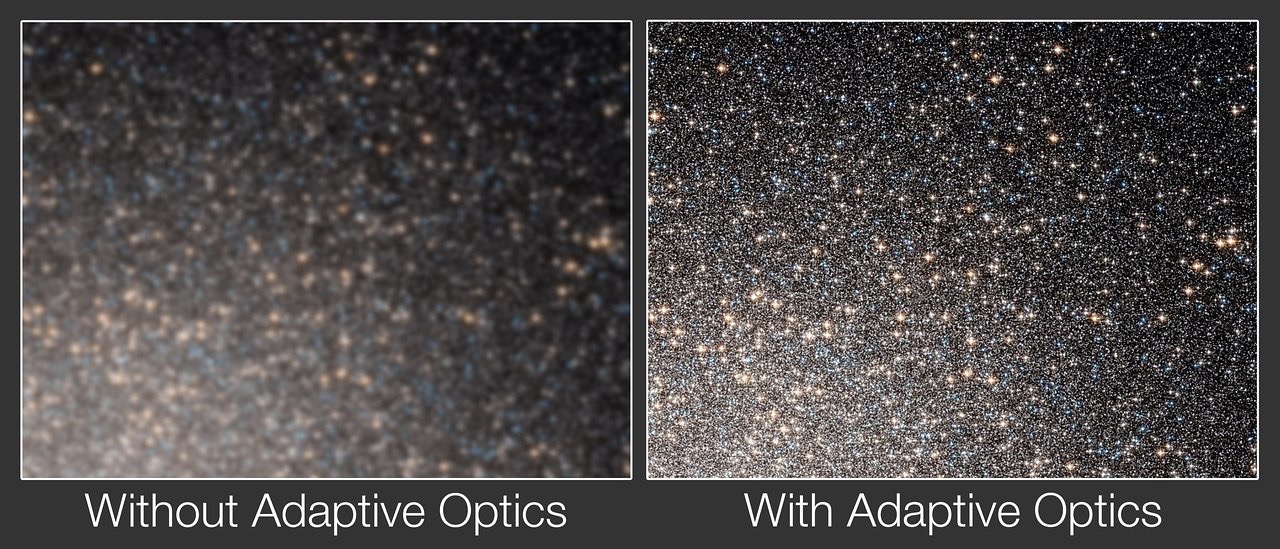Adaptive Optics (AO) is a technique aimed at rapidly compensating for variable optical aberrations to restore the ultimate angular resolution limit of an optical system. It utilizes a combination of wavefront sensors to detect and analyze optical aberrations and deformable mirrors to compensate for them. For astronomical telescopes, AO enables overcoming the natural boundary of "seeing": the blurring of images imposed by atmospheric turbulence that limits the angular resolution of ground-based telescopes to that achievable by a telescope of a few tens of cm, an order of magnitude below the diffraction limit of large 8-meter class telescopes, which are the current standard.

Over the past 20 years, AO observations have made possible some of the major discoveries in astronomy, including the detailed study of the massive black hole at the center of our Galaxy, detailed images of the surfaces of planets in solar systems, or the precise morphology and dynamics of very distant galaxies. AO for astronomy has revolutionized observations with ground-based telescopes by providing the community with the highest achievable image quality, and it is now inconceivable to consider building a large optical telescope without AO.
We are now at the beginning of a new era for AO, with the deployment of a revolutionary generation of AO systems such as Wide Field AO (WFAO) or eXtreme AO (XAO). By using multiple Laser Guide Stars (LGS), WFAO increases both the field of view of AO-corrected images and the fraction of the sky that can benefit from such correction by an order of magnitude. In an XAO system, on the other hand, the corrected field is tiny, but the extremely high image quality allows for direct imaging of exoplanets.

The next leap forward will come from the so-called Extremely Large Telescopes (39m in diameter for the ELT, 30m for the TMT, 24m for the GMT) which will see first light in this decade. The scientific potential of these giants relies entirely on complex AO systems integrated within the telescope itself, providing high-resolution images to all downstream instruments. This represents a paradigm shift, with telescopes now delivering 100% of their science aided by AO.
However, significant progress in AO technology and observational capabilities must be followed by an adaptation of the astronomical community, which needs to learn how to optimally employ AO-assisted instruments.
Future astronomers will need to internalize the impact of adaptive optics on astronomical observations, which "signs" images with an instrumental response (PSF-Point Spread Function) highly dependent on observational conditions and imposes limitations and precautions in the preparation of observations and data analysis that were not required in the observations done on the previous generation of telescopes.

